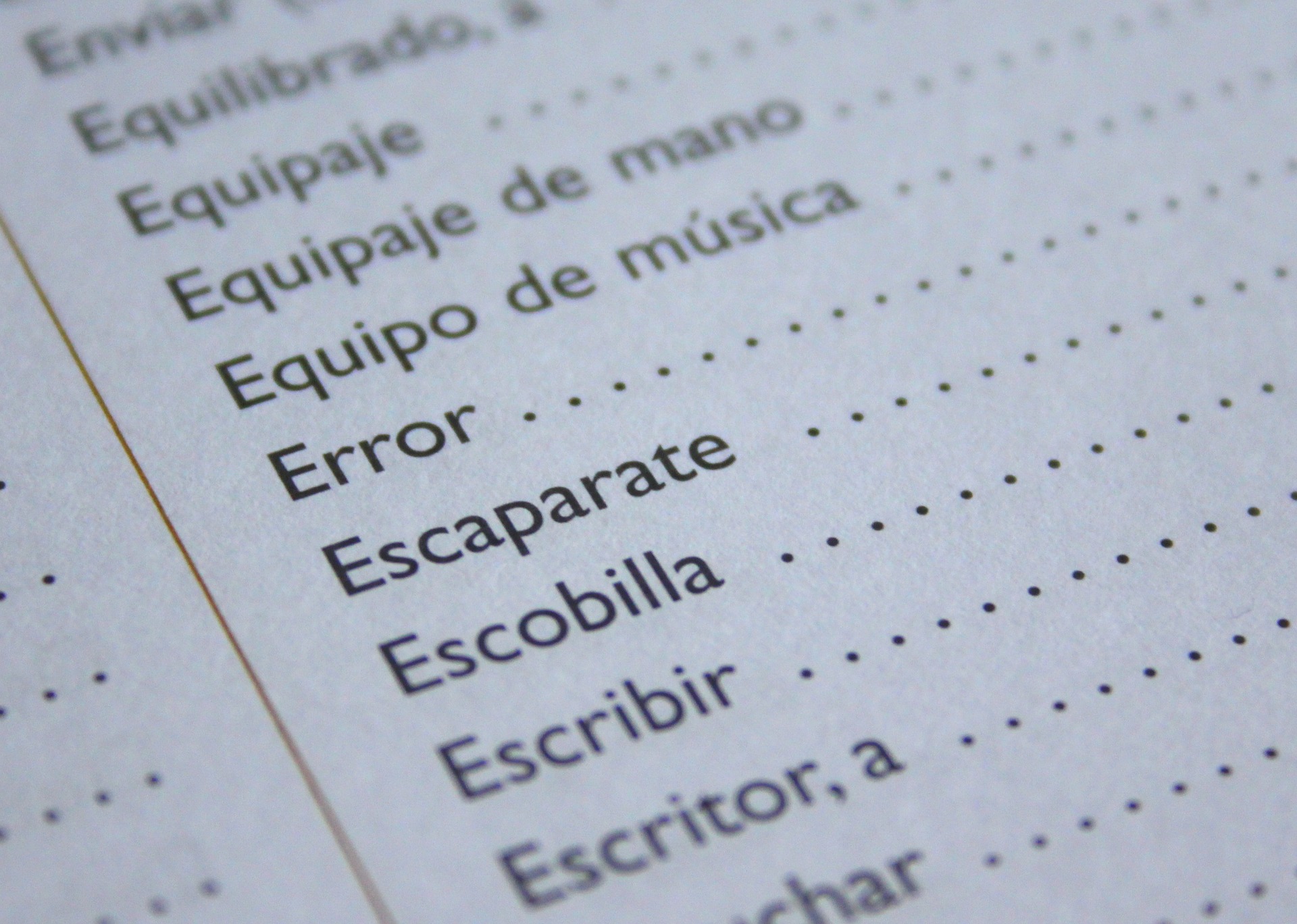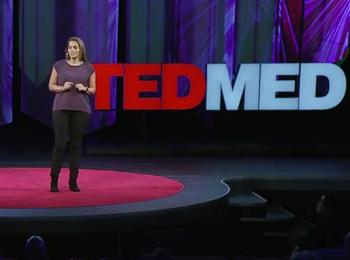Shift the conversation: Racism – not race – is the problem in healthcare
This is a dual story: the story of how I changed my mind about race and health, and also how a mix of innovative and classical teaching methods can transform mindsets within and across institutions.
As a medical student at Baylor College of Medicine, I sat awestruck, listening to Dr. Clay Goodman, Dr. Frank Kretzer, Dr. Robert Thalmann, and other stars in the Baylor firmament recite fundamental truths about human biology: how the exchange of potassium and sodium enable our very thoughts and nervous impulses; how Descemet’s membrane supports the cornea above the blood vessels that nourish it; how our pre-frontal cortex helps us plan and achieve. No intellectual pursuit ever brought me as much personal fulfillment.
Throughout pre-clinical lectures and clinical rotations, I was also imperceptibly and insidiously receiving an education in the effects of race on health. Various lecturers and well-meaning residents told me how: Black persons have higher rates of hypertension than White persons; Native Americans have some of the highest rates of alcohol and substance abuse among all racial groups; and South Asians have narrower coronary arteries than whites do.
These lessons were delivered with the approval of the academic clinician-scientist, often cited at the beginning of grand rounds when the presenter discussed the epidemiology of disease. The point seemed to be that there were innate biological differences between races.

Later, I learned from colleagues from all over the country that the same stories were being told nationwide. Racism, and its myriad manifestations, was not discussed as a cause of ill health.
It was not until deep into research fellowship that I crossed paths with a community that would change my entire mindset about how racial effects on health are better understood as racism’s effects on health. The Health Equity Improvement Program (HEIP) at Brigham and Women’s Hospital (BWH) was an innovative program that did three important things: 1) raised the profile of equity research and practice across the institution; 2) provided financial support for those wanting to conduct equity research; 3) brought together those uninitiated in equity work with leaders in the field for bimonthly learning sessions.
Within the HEIP and throughout fellowship, I was exposed to a new set of deep thinkers, a new constellation in the academic medical firmament: Dr. Mallika Mendu, Dr. Thomas Sequist, and Dr. Michelle Morse, among many others. And turn by turn, each helped me understand how problematic our societal misunderstanding of race and health is.
At one grand rounds, I learned there is no proof that South Asian coronaries are narrower than White coronaries. In conversations with others, the historical tragedy of the capture of Native American lands dispelled any notion that Native Americans are somehow biologically prone to substance abuse. And in reading papers to understand the effects of social determinants on renal outcomes, I learned of the association between lifetime experiences of discrimination against Black communities and rates of developing hypertension.
I worked closely with mentors to produce a paper drawing attention to the potential clinical impact of the race multiplier term on kidney care outcomes for Black patients with chronic kidney disease. This paper is now part of a national conversation about how the lived experience of race, and racism, affects health.
The entire experience in the HEIP, combined with training at BWH and the Harvard School of Public Health, prepared me to present my first major academic presentation after training: A presentation entitled “Making Spaces for Our Social Experiences of Health” as part of the Social Determinants of Health Journal Club hosted by the Center for Medical Ethics and Health Policy at Baylor. In this talk and the discussion that ensued, we tackled questions such as: How can we as a group shift the conversations about health in our families, communities, and institutions from clinical care to foundations of health? How can we make space in our own minds, in our institutional departments, and community organizations, for explorations of multi-level, life-course approaches to health?
It is wonderful to see Baylor engage the agenda of improving the health of under-represented minorities (URM) through a multi-pronged approach of recruiting URM candidates into training programs; hosting Grand Rounds and Compassionate Conversations on this topic; and posting requests for application on research in the field.
I see a beautiful synthesis of the fundamentals of human biology and the profound need to engage our world in conversations about racism and health. I am thrilled to be alive in this moment in our society, in our world, when we can combine the best of our accumulated human knowledge and have transformative conversations about how to live more healthfully. We are all human, and we are all in this together.
-By Salman Ahmed, M.D. M.P.H, assistant professor in the Section of General Internal Medicine at Baylor College of Medicine



